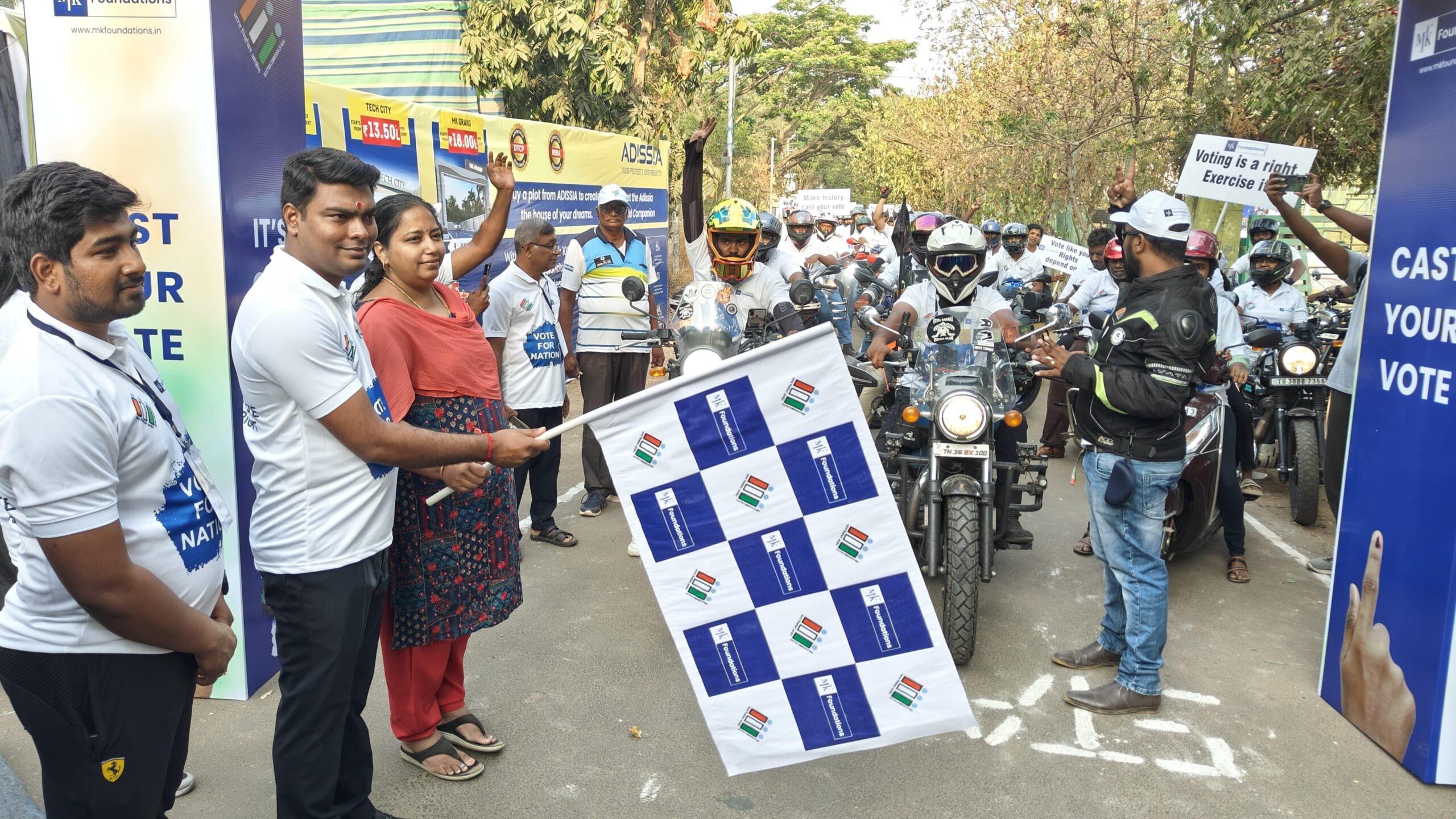Trending Now
- IPL 2024 begins with a bang. First contest between CSK and RCB.
- Election commission allots mike symbol to Naam Thamizhar Katchi
- AIADMK promises to urge for AIIMS in Coimbatore, in its election manifesto.
- Ponmudi becomes higher education minister.
Business
Bank Board Bureau was supposed to help fix PSBs, but it’s not happening
![]() April 14, 2018
April 14, 2018
The government has shown some urgency in reconstituting the Bank Board Bureau (BBB) team under the leadership of another retired bureaucrat B P Sharma this week. This was due after the end of the term of the first team under ex-CAG Vinod Rai that took office two years ago. The decision to set up a BBB for improving governance at public sector banks (PSBs) was bold. And coming from the new government with a clear majority in the lower house, it was seen by many as shifting of the power centre from the bureaucrats at the finance ministry to BBB.
But surprisingly, there has been no follow up to take the BBB to the next logical step. What is missing is the formation of the Bank Investment Company (BIC), a holding company for housing the government stake at all the PSBs. So far, there is no road map. The PSBs are already neck deep in trouble with government only pouring in more capital.
If one looks at the broader structural plan, the BBB was the brain child of P J Nayak (former Chairman of Axis Bank) committee that was set up four years ago to review the governance of the banks boards. The committee suggested a phase-wise process of keeping the government away from the PSBs. The ownership is a very sensitive issue. Under the first phase, senior retired bankers would advise the government in appointments of CEOs and directors on the boards. But that didn’t happen in letter and spirit as many a times the government either didn’t agree with the BBB’s choices for CEOs or delayed announcing the candidates. But that was just one part of the bigger solution for the PSBs as envisaged in the PJ Nayak committee.
The next big step, which was to set up a Bank Investment Company (BIC), is not at all in sight. BIC was supposed to take the government stake in the PSBs and also take care of appointments of PSB board members. In the final phase, the power of BIC was supposed to go back to banks (or their board and management) as it was envisaged that by that time banks would be on their feet to take those decisions. Take for example, the private bank board today decides the selection of CEOs and other senior management team members. Similarly, board members are also appointed or replaced without any interference from the government.
But as things stand today, there is a long road ahead. Currently, the government is still hanging on as an owner of the PSBs. In the last four years, the government has not taken any encouraging steps to repeal some of the Acts that govern the PSBs. There is a Bank Nationalization Act of 1970. The largest bank in the country, the State Bank of India (SBI) is governed by the SBI Act. The Nayak Committee had suggested all the PSBs should be brought under the Companies Act just the way private banks are registered in India. This process would anyway take time as the government has to build consensus at the political level.
In fact, when the Finance Minister Arun Jaitley first announced the formation of BBB in his budget 2015-16, he also mentioned that a road map for consolidation of PSBs would be spelt out. The plan was to transfer all the government holding in PSBs to Bank Investment Company. The government stake at BIC would be 100 per cent. Many expert says the government could have easily diluted its majority stake in operating PSBs from 51 per cent to much lower. That would have helped in raising capital from outside without any pressure on the exchequer. There was another window of reducing the government stake in the BIC itself from 100 to 51 per cent. This could have gone down further in later years. This entire process has many steps and could take many years. But, unfortunately, it’s stuck at the first step.
























